How to Create the Best Product Design for Your Online Business
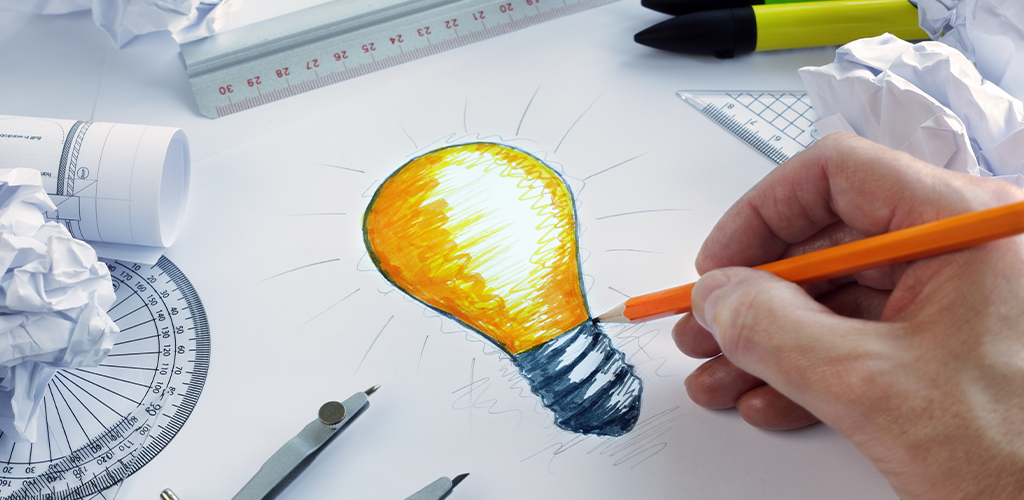
Before you can launch a business, you need to create a product to sell to future customers. Products can be physical, such as hand-knit mittens, baking subscription boxes, stand up paddleboards, and anything else you can experience through the sense of touch. Some products take the form of services, including accounting, editing, lawn maintenance, and more. And still more products are offered to clients as programs, such as cookery classes, sewing courses, and computer programming lessons. While each of these products may sound completely different, one thing they all have in common is the process behind their designs. Take a look at these steps to create the best product design for all of your goods and services:
- Start with a brief
- Understand your end user
- Put function over features
- Create something that solves problems
- Think aesthetics
- Pay attention to detail
- Design for longevity
- Listen to feedback
Start With a Brief
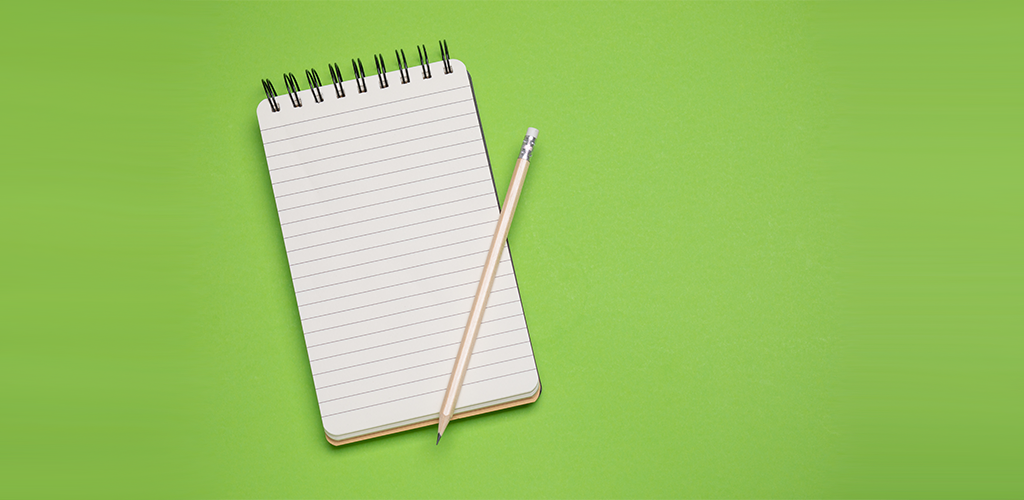
A brief is a written document that will help guide your products through the design process. Although it is called a “brief” the document should contain a wealth of information about the ideas you intend to turn into your products. The brief should explain your specific goals, outline your objectives, create a timeline of deliverables, and explain user demands. It does not need to be an entire business plan, but should instead help you follow through with the bigger picture.
Achieve the Best Product Design By Understanding the End User

The end user is the person, or people, who will get the most use out of the products that you sell. The user(s) may be an individual, a family, a business, and more. By understanding who is the most likely to use your products, you can design to that specific audience. For example, many automobile manufacturers know that families often share vehicles. In order to cater to that audience, they designed a function that remembered seat preferences for each driver. Knowing your audience and recognizing their needs, wants, and pain points from similar products can help you create something that will fill a gap in the market while cornering an already-interested audience.
Put Function Over Features

One common gimmick when it comes to design is to stuff an item chock-full of features. However, the best product design is usually one that puts function over features. For example, some shower heads now come with Bluetooth speakers and changing lights. These features may be fun but if the customer is just looking for a normal shower head, the extra features seem excessive and may even be annoying. They can also create points of failure that a normal shower head would not experience. Focus on function first, and consider adding features to later iterations of your products if customer demand exists.
Create Something that Solves Problems

The best product design is one that solves audience problems. For example, if a landscaper finds that most shovels give them blisters (the problem), they’re likely to be interested in a shovel that’s designed to be blister-free (the solution). If your product doesn’t solve a problem, then it’s essentially a piece of art rather than an object you can sell. Occasionally, a business will realize this too late in the design process and, rather than scrapping the project, will instead try to create a problem. However, it is much easier to convince an audience to buy a product that solves an established problem, than it is to convince users that they have a problem they never knew existed.
Think Aesthetics
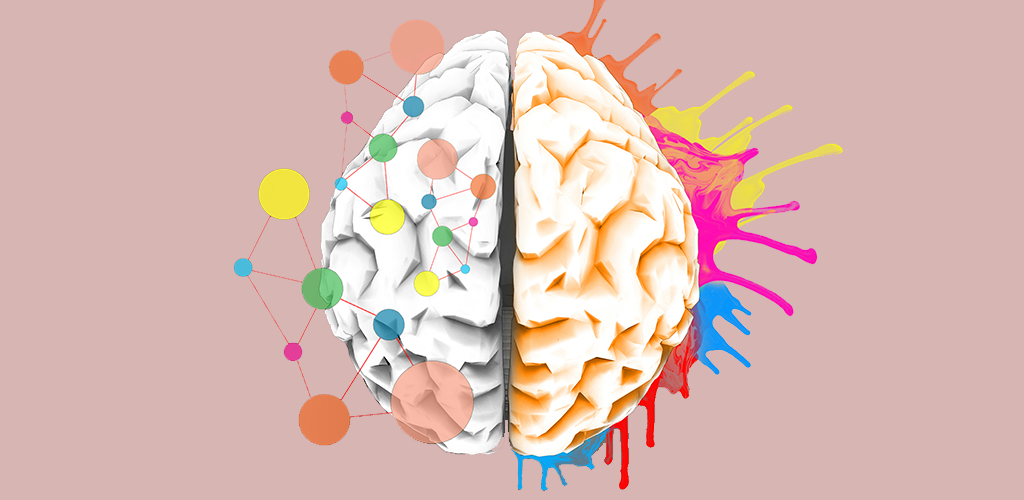
Your product must, first and foremost, be functional. If it doesn’t solve a user problem, or simply doesn’t work, it won’t be successful. However, another crucial aspect of good product design is the aesthetic appearance of the product. If something looks rushed, sloppy, or confusing to use, it is significantly less likely to sell to audiences. Simplicity and elegance are attention grabbers and will increase your chances of success.
Pay Attention to Detail
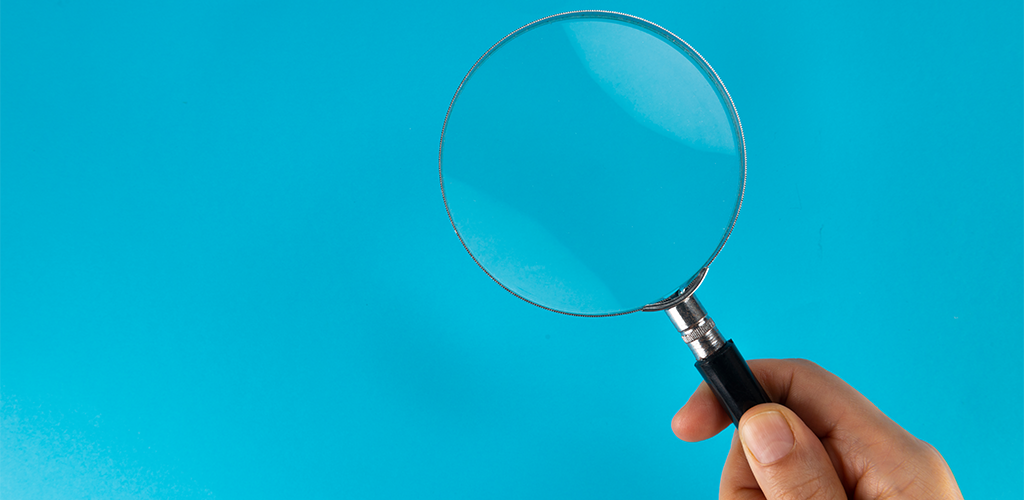
Although the little details, the things that polish off a design, are unlikely to be noticed at first, they will be picked up by the user the more they experience a product. Paying close attention to detail to perfect an item impresses customers and brings them back to your business time and time again. Likewise, missing small imperfections can accumulate into what results in a poor user experience.
Design for Longevity
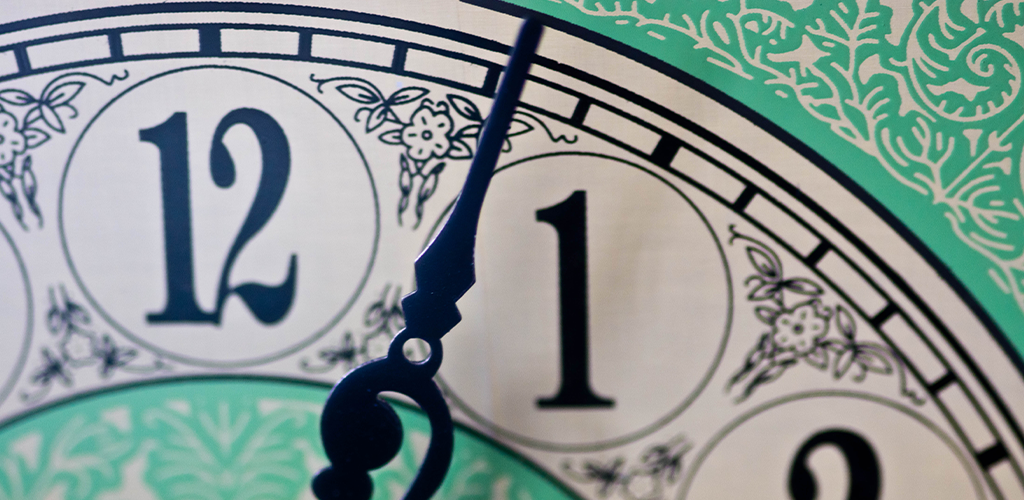
Many modern industries focus on quickly producing cheap items that don’t impact consumer wallets much. However, many of these items cut corners and break quickly, meaning they need to be replaced just as quickly. Stand out from the pack by designing a high-quality product that lasts for years to come. These types of designs will impress consumers sick of “fast” industries and show off the skills of your business, in addition to being better for the environment.
Listen to Feedback

There is no such thing as a perfect product. No matter what you do, there will always be flaws, inconsistencies, and users determined to be dissatisfied. While you may not be able to achieve perfection, you can certainly create the best possible product design for your business, a process that is always ongoing. One of the best ways to do this is to actively listen to feedback. Every suggestion and complaint should be considered seriously, because it may make your existing products even better in the future, bringing you one step closer to the best possible product you can offer.
Visit Shopivo and stay tuned for exciting news and updates! Sign up for our emails and stay up-to-date on new developments and features.
